As the west coast of Florida continues to deal with the impacts of two major hurricanes making landfall within a two-week span, the human costs remain immeasurable. With Helene, which busted ashore on Sept. 26 along Florida’s Big Bend and raked its way north into Appalachia, and then Milton, which made landfall Oct. 9 just south of Sarasota, Florida is, indeed, disaster-weary.
But, with all the palpable devastation caused by these two major storms, there is a subtle silver lining. Big storms and the surges that come with them might actually be good for two of Florida’s prized game fish: tarpon and snook.
According to research done by the Florida Fish and Wildlife Commission and the Bonefish & Tarpon Trust, juvenile snook and tarpon can benefit from storm surges that accompany hurricanes and strong tropical storms. Researchers found that young fish essentially hitch rides on the surge and find their way into quality nursery habitat that might otherwise be inaccessible, or, at least, difficult to access under normal tidal conditions.
Both tarpon and snook are summer spawners, which coincides with two naturally occurring events on Florida’s west coast – summer king tides and hurricane season. Riding higher waters into habitat that is sometimes blocked to them, juvenile fish can find themselves in tidal ponds and creeks where they are safe from ocean-dwelling predators and, suddenly, atop the food chain.
It’s important to note that, while big storm events aren’t always beneficial to all fish — significant wind events have been known to completely kill mangrove forests which are vital to inshore fish like bonefish and permit — these events do have some benefits for juvenile fish that need both security and dependable food sources.
“It’s important to remember that these fish evolved with hurricanes,” says Dr. Ross Boucek, a biologist with B&TT who works primarily in the Florida Keys. When these big storms arrive along the coastlines of the Southeast, tarpon and snook larvae are kind of drifting in the inshore currents. King tides, tropical storms and even hurricanes provide the needed surge to push the larvae over otherwise impassable obstacles, which allows these juvenile fish to access backcountry habitat. And, once they’re at home in these calmer, more remote waters, they’re no longer vulnerable to every predator in the ocean.
“That’s the hypothesis," Boucek says. “These storm events serve to move the larvae out of the ocean and into these protected habitats.”
And, he says, the theory is generally backed up by results. After Hurricane Irma made landfall in the Keys in 2017 as a massive Category 4 storm, the immediate devastation was palpable. However, two and three years after the storm, backcountry fishing for tarpon and snook was really good, Boucek recalls. “The idea is that these fish kind of get stuck in these ponds and creeks, and sometimes, it takes another storm surge to get them out,” he says. And, of course, as high water opens up passes between the ocean and the backcountry ponds and allows the now much larger trapped fish to escape, a new batch of freshly spawned larvae are making their way into these protected habitats.
But, Boucek concedes, extreme hurricanes, like Hurricane Charley in August 2004 that came ashore at Punta Gorda, can have a negative impact on inshore fisheries.
“Charley was so extreme that the nursery habitat was eventually killed,” Boucek says. “The leaf litter from the mangroves robbed the ponds and backcountry creeks of oxygen.”
How will Helene and Milton be viewed by fisheries biologists?
“It’s hard to say right now,” Boucek says. “But I wouldn’t be surprised if we see more snook in two or three years along the Gulf Coast where these two storms hit.”
That late-spring and early-summer spawning window is what’s important, Boucek says. Snook usually start spawning in April. Depending where they live along the coastal waters of the Southeast, the spawn can last into August. Tarpon, Boucek says, usually spawn from May through July. They’re not the only important inshore game fish that spawn just before or during hurricane season — goliath grouper share the same spawning window as tarpon and snook, and, in Florida, redfish usually spawn from August through December.
“They all spawn before or during hurricane season,” Boucek says. “That’s how they evolved, and that’s how they take advantage of storm surges to reach safe habitat where they can mature.”
So, while it may not offer much solace to those recovering from the last two devastating storms to hammer Florida’s Gulf Coast, anglers might start prowling the backcountry in a couple of years in search of snook, tarpon and redfish. It likely won’t make up for three feet of beach sand now residing in living rooms throughout coastal Sarasota, but, when this hurricane season is a memory, The resulting good fishing for snook, tarpon and redfish might be the silver lining many are looking for.




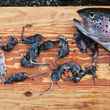
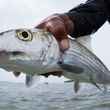






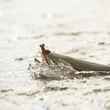



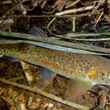





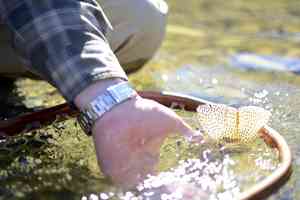


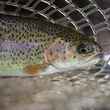


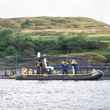

Comments